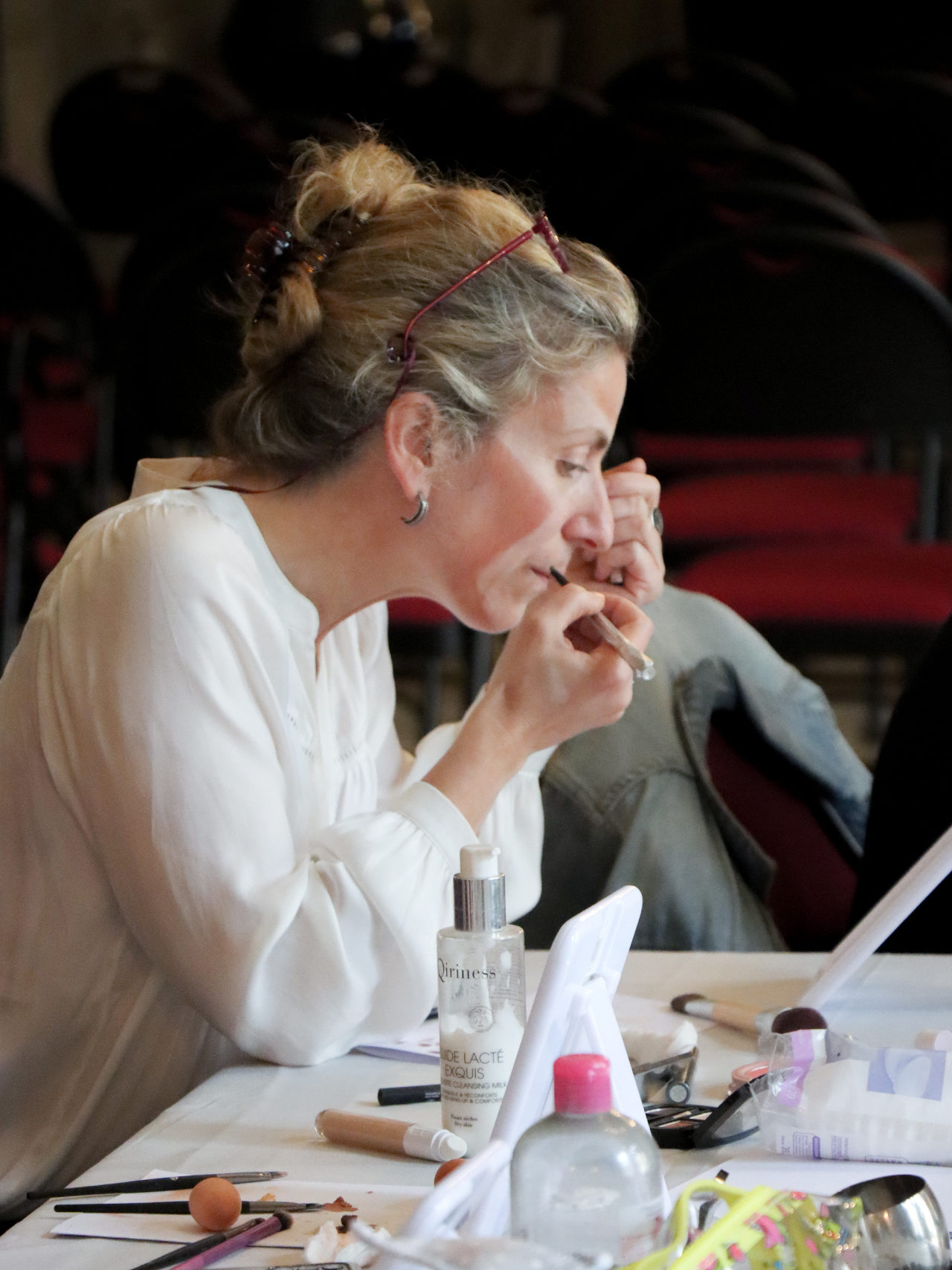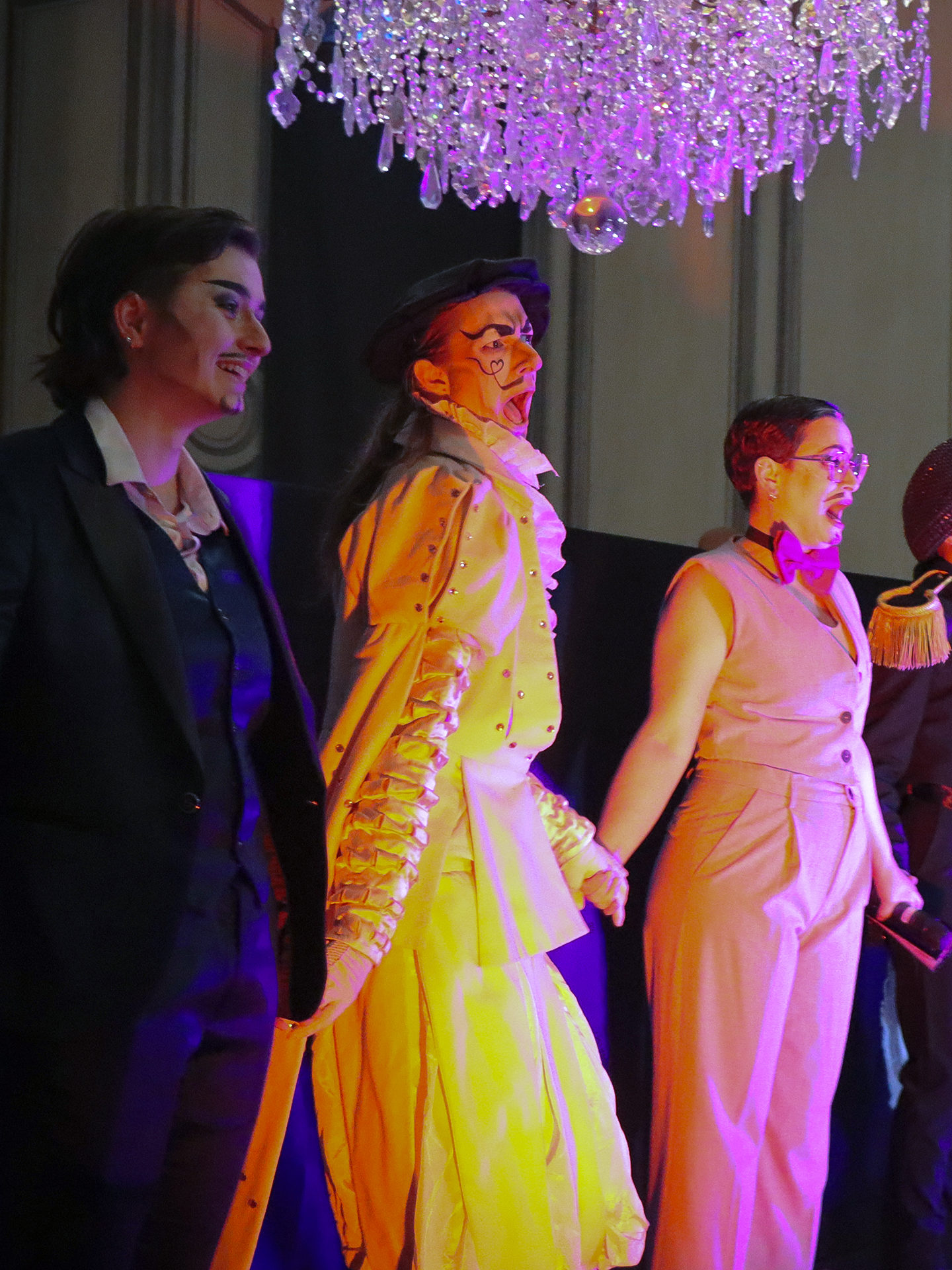Un festival pour interroger l’impact du « mythe Jeanne d’Arc » sur nos sujets de société
En mai 2024, l’Historial Jeanne d’Arc a inauguré la première édition de son festival « Jeanne d’Arc (R)Evolutions ». À travers ce nouveau format événementiel, l’Historial souhaite interroger l’impact du mythe Jeanne d’Arc sur des sujets de société – ou comment celle qui a rompu avec les codes de son époque continue d’inspirer les évolutions contemporaines.
1ère édition : Revêtir l’habit d’homme
Souvent représentée brandissant l’étendard, Jeanne d’Arc s’est vue elle-même devenir celui de nombreux mouvements et communautés. Depuis tout temps, son courage et sa détermination résonnent dans les esprits de celles et ceux qui luttent toujours pour leurs droits et leurs libertés. En revêtant l’armure, Jeanne d’Arc fût l’une des premières figures historiques à troubler la frontière du genre. C’est cette question du genre et des rapports sociaux entre les sexes qui fût au centre de cette première édition : Revêtir l’habit d’homme.
Durant une semaine, conférences, spectacles, ateliers et visites ont permis à chacun.e.s d’explorer les identités de genre, du Moyen-Age à aujourd’hui, du port de l’armure à l’art du Drag King.
Un beau succès pour cette programmation audacieuse !




